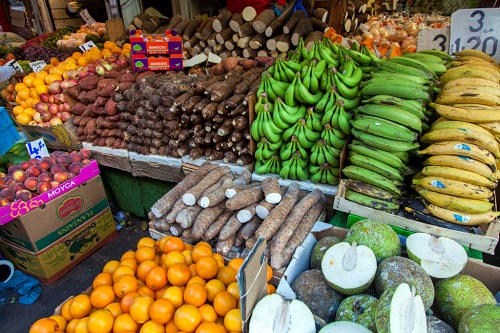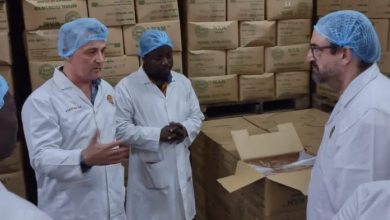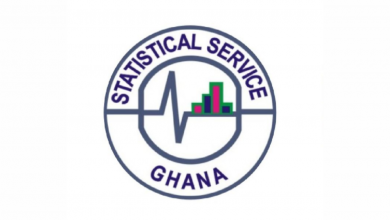July report highlights rising food insecurity in Ghana amid economic strain

A recent report from the July 2024 Food Security Monitor has revealed a concerning rise in food insecurity across Ghana, with the rate of insufficient food consumption (IFC) increasing by 5.77%.
This spike is attributed to the ongoing cost-of-living crisis, driven by high inflation, a weakening currency, and rising fuel prices, which have significantly raised the cost of essential commodities, particularly staples like maize and rice.
The report’s findings align with earlier warnings from the World Food Programme (WFP). In its February 2024 country brief and preliminary March 2024 analysis, the WFP projected that an estimated 1.05 million Ghanaians would experience food insecurity between June and August 2024.
Factors contributing to this situation include climate change, low agricultural prices, inadequate infrastructure, limited access to education, and Ghana’s susceptibility to global market shifts, especially in the case of imported rice.
The report also notes that while IFC rates remained stable in most countries between June and July, Ghana, Nigeria, and Uganda saw increases of 5.77%, 3.98%, and 7.5%, respectively. Conversely, Zimbabwe reported a 5.45% decrease in IFC during the same period.
On a year-over-year basis, most countries have experienced an increase in IFC, with Mozambique, Rwanda, South Sudan, Uganda, and Zambia being notable exceptions, where current levels are lower than those recorded a year ago.
The report further identifies several nations as food insecurity hotspots, where more than half of the population faces insufficient food consumption, including Burkina Faso (56.6%), Mali (69.1%), Niger (82.6%), and Nigeria (51.5%).





